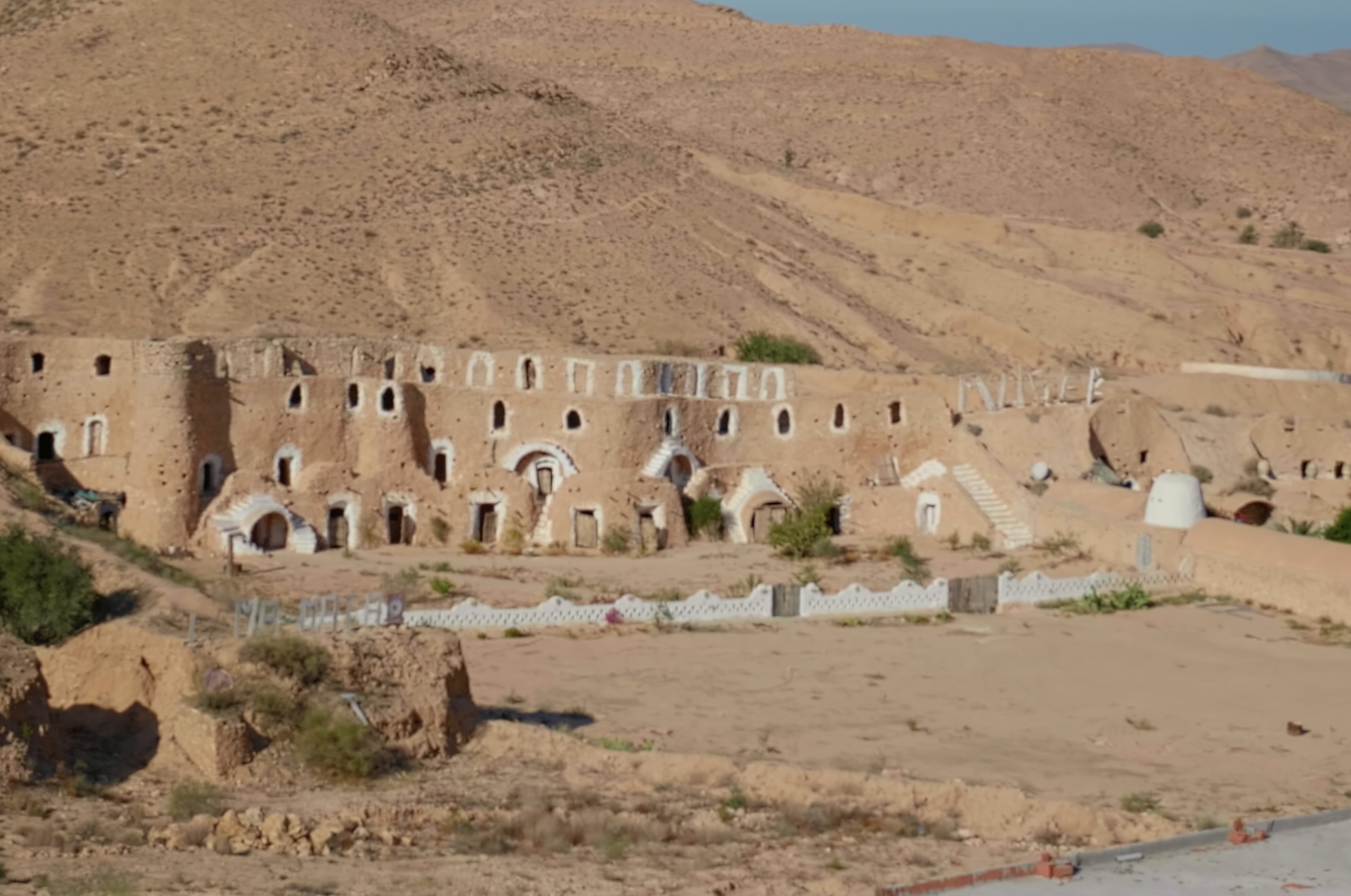Matmata Underground Houses represent a remarkable chapter in human architecture. These iconic structures, carved into the ground of Tunisia, offer a window into an ancient way of life. They are characterized by their troglodyte design—a series of pits dug into the earth, with rooms branching off the central courtyard. These ingenious constructions provided shelter from the harsh Saharan climate. Their design kept interiors cool during blistering hot days and warm through chilly nights. Today, Matmata’s underground houses stand not only as a testimony to human adaptability but also as an attraction for curious travelers worldwide.
Berber People (Amazigh)
The Berber people, also known as the Amazigh, are an indigenous ethnic group native to North Africa. With a history that dates back thousands of years, they have inhabited the region long before the arrival of Arab conquerors in the 7th century. The Berbers have a rich cultural heritage that is characterized by their own languages, social structures, and traditions. They predominantly reside in Morocco and Algeria, with smaller communities in Tunisia, Libya, Mali, and Egypt. Despite the Arab influence in North Africa, the Berbers have managed to preserve their identity, language, and culture over the centuries.
The Berber languages, collectively known as Tamazight, belong to the Afro-Asiatic language family. These languages have several dialects, reflecting the diversity among Berber communities across North Africa. In recent years, there has been a significant movement towards the revitalization and official recognition of the Berber languages. For instance, Morocco and Algeria have made Tamazight an official language alongside Arabic, marking a significant step in the preservation and promotion of Berber cultural identity.
Berber society is traditionally organized in tribes and clans, with a strong emphasis on family and community ties. The social structure is largely egalitarian, and leadership roles are often based on consensus or elected positions. Historically, the Berbers have been known for their skills in agriculture, craftsmanship, and trade. Their expertise in weaving, pottery, and metalwork is highly regarded, and these crafts play an essential role in the cultural and economic life of Berber communities.
The Berbers have a rich tradition of music, dance, and oral literature, which plays a crucial role in the preservation of their cultural identity. Traditional Berber music often features a combination of vocal and instrumental performances, with instruments such as the bendir (frame drum), the oud (lute), and the flute being particularly prominent. Festivals and social gatherings are important cultural events where music and dance are performed, serving both as entertainment and as a means of passing down traditions and stories from one generation to the next.
Religion has also played a significant role in the lives of the Berber people. Initially practicing indigenous beliefs, the majority of Berbers gradually converted to Islam following the Arab conquests. However, they have managed to retain some of their pre-Islamic customs and rituals, which have been integrated into their Islamic practices. This syncretism is a testament to the Berbers’ ability to adapt and incorporate external influences while maintaining their unique cultural identity.
Today, the Berber people continue to navigate the challenges of modernity while striving to preserve their heritage. They face issues such as cultural assimilation, language endangerment, and economic marginalization. However, through education, political activism, and cultural revival initiatives, the Berbers are actively working towards greater recognition and autonomy within the North African region. Their enduring legacy is a reminder of the resilience and richness of indigenous cultures in the face of changing global landscapes.

